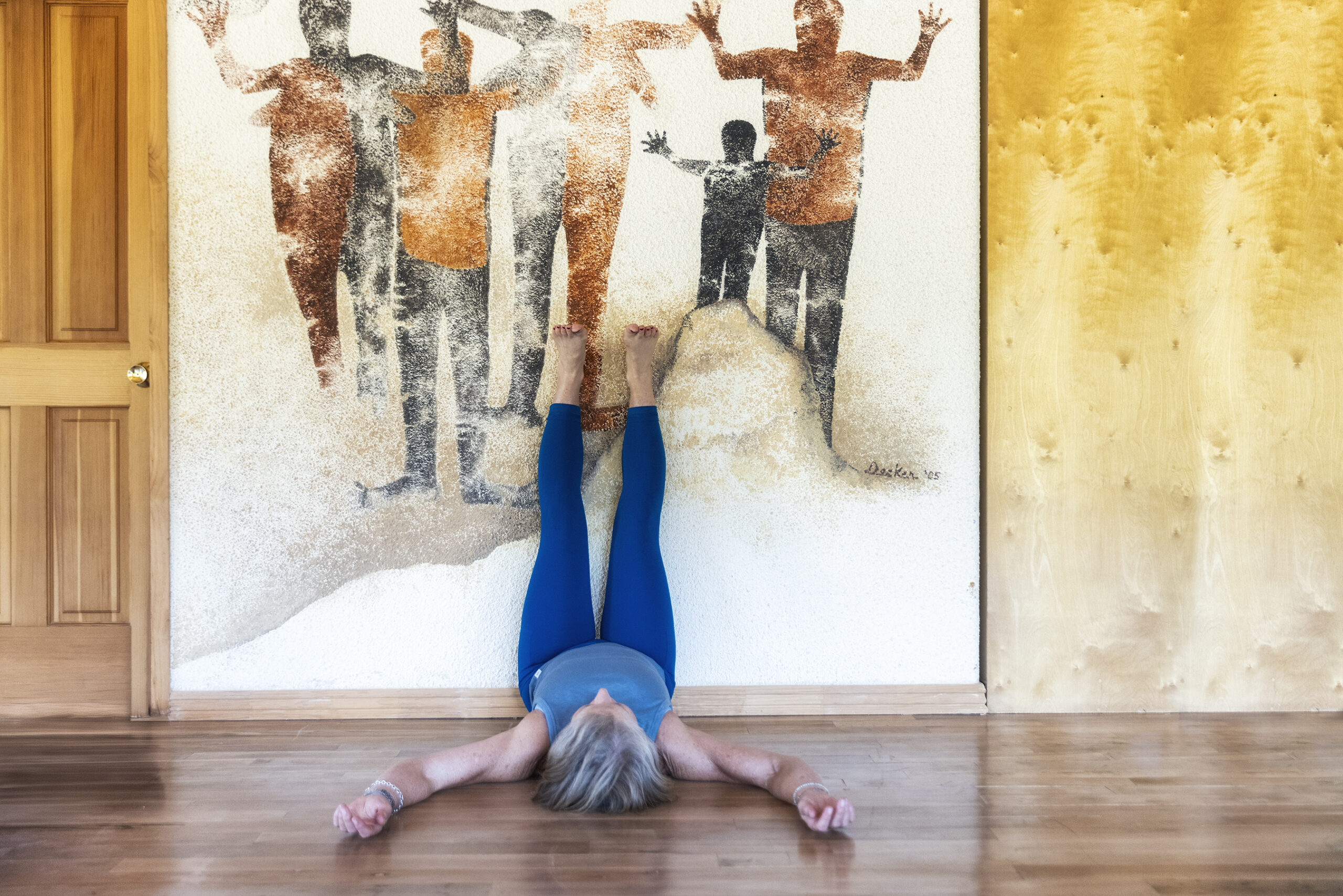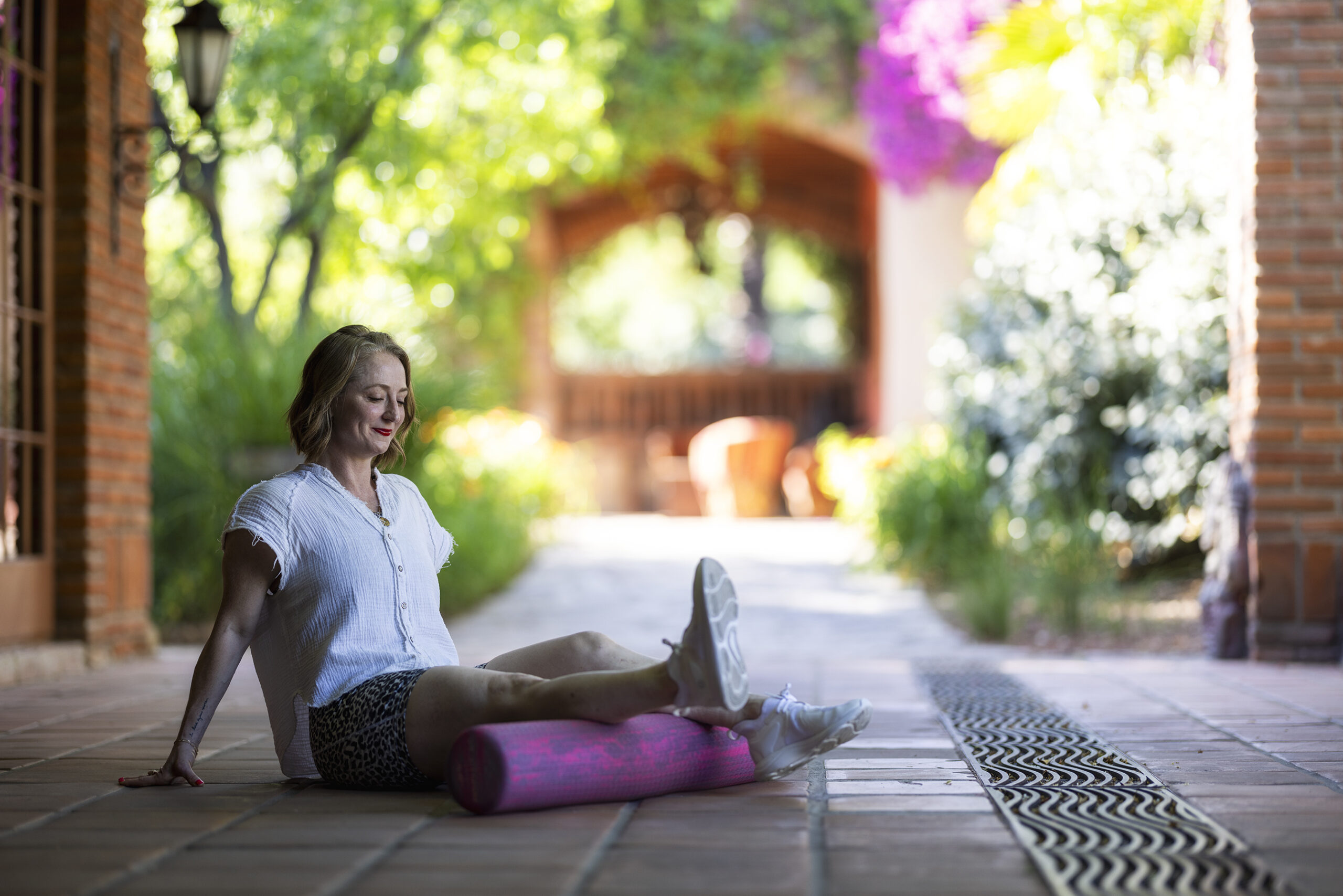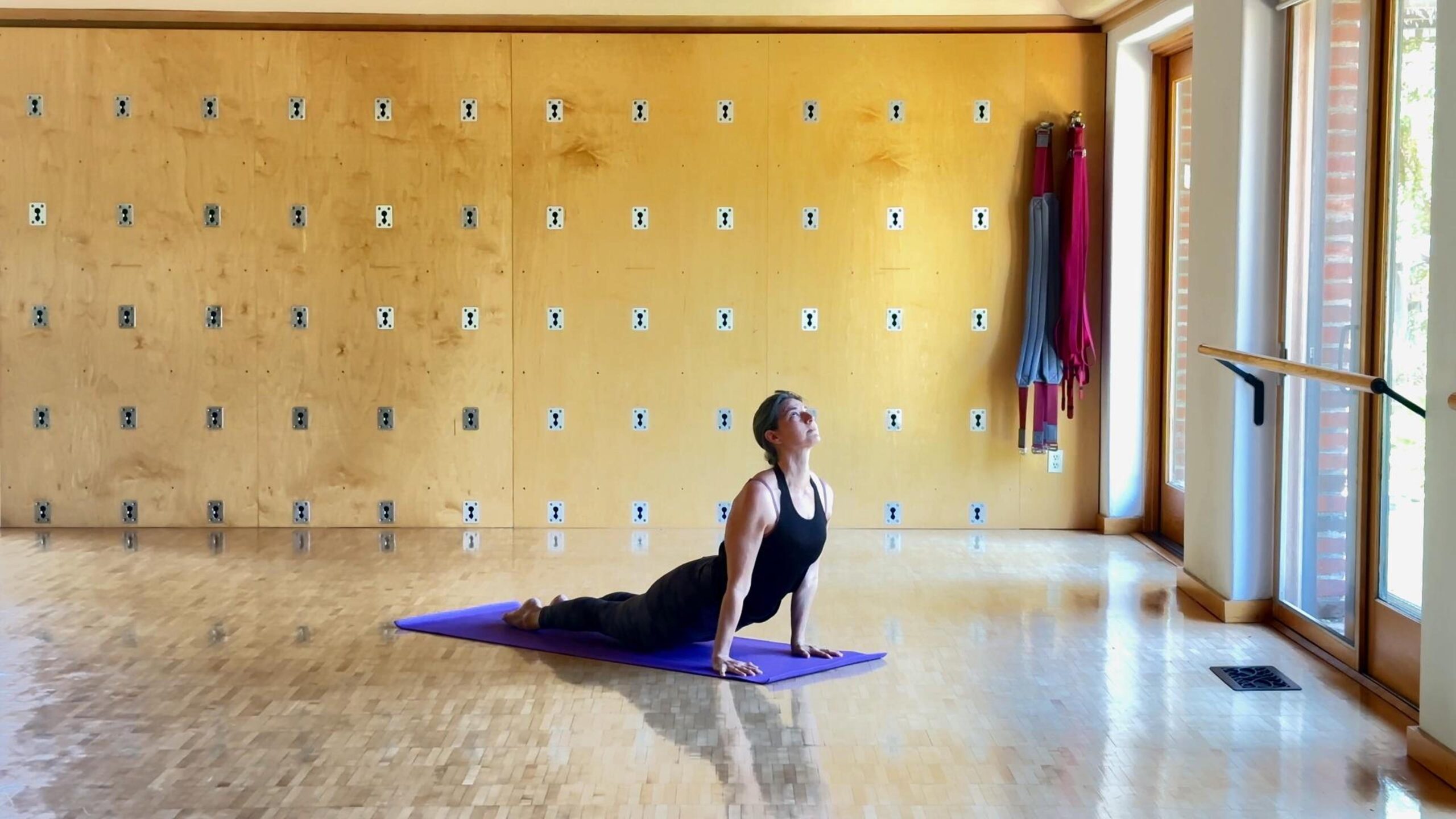Rediscover Relaxation: A Guide to Legs-Up-the-Wall Pose

Yoga doesn’t have to be complex to be effective. One of the simplest, most beneficial poses is Viparita Karani, or “legs-up-the-wall.” This pose involves lying flat with your legs elevated against a wall, allowing gravity to work wonders on your body.
Some Benefits of Legs-Up-the-Wall Pose
- Reducing stress: The pose can help guide the body into relaxation.
- Improving circulation: The pose can help return bodily fluids stored in the legs back into circulation.
- Reducing lower-leg swelling: The pose can help reduce lower-leg swelling.
- Relieving tension: The pose can help relieve tension in the neck and back.
- Opening up the upper body: The pose can help negate the forward hunching position from sitting at a desk.
Legs-up-the-wall is a restorative pose that helps the body relax. Many people find it calming, and reduced stress levels are linked to better mental and physical health.
How to Do Legs-Up-the-Wall Pose
- Prepare: Place a yoga mat or blanket near a wall. Use a thin pillow for head support or under your hips if needed.
- Position: Sit sideways with one hip close to the wall, then swing your legs up as you lie back. Your tailbone should be on the floor, a few inches from the wall.
- Relax: Rest your legs against the wall and take deep breaths, holding the pose for 2–3 minutes.
- Exit Slowly: Lower your legs and sit quietly for 30 seconds.
However, the pose may not be suitable for everyone. People with glaucoma, uncontrolled high blood pressure, heart, kidney, or liver conditions, or neck or spine issues should avoid the legs-up-the-wall pose and consult a healthcare provider before trying this or any other inversion.
Reference
Cleveland Clinic. (2022, September 9). Benefits of legs-up-the-wall pose (Viparita Karani). Cleveland Clinic. https://health.clevelandclinic.org/benefits-of-legs-up-the-wall


